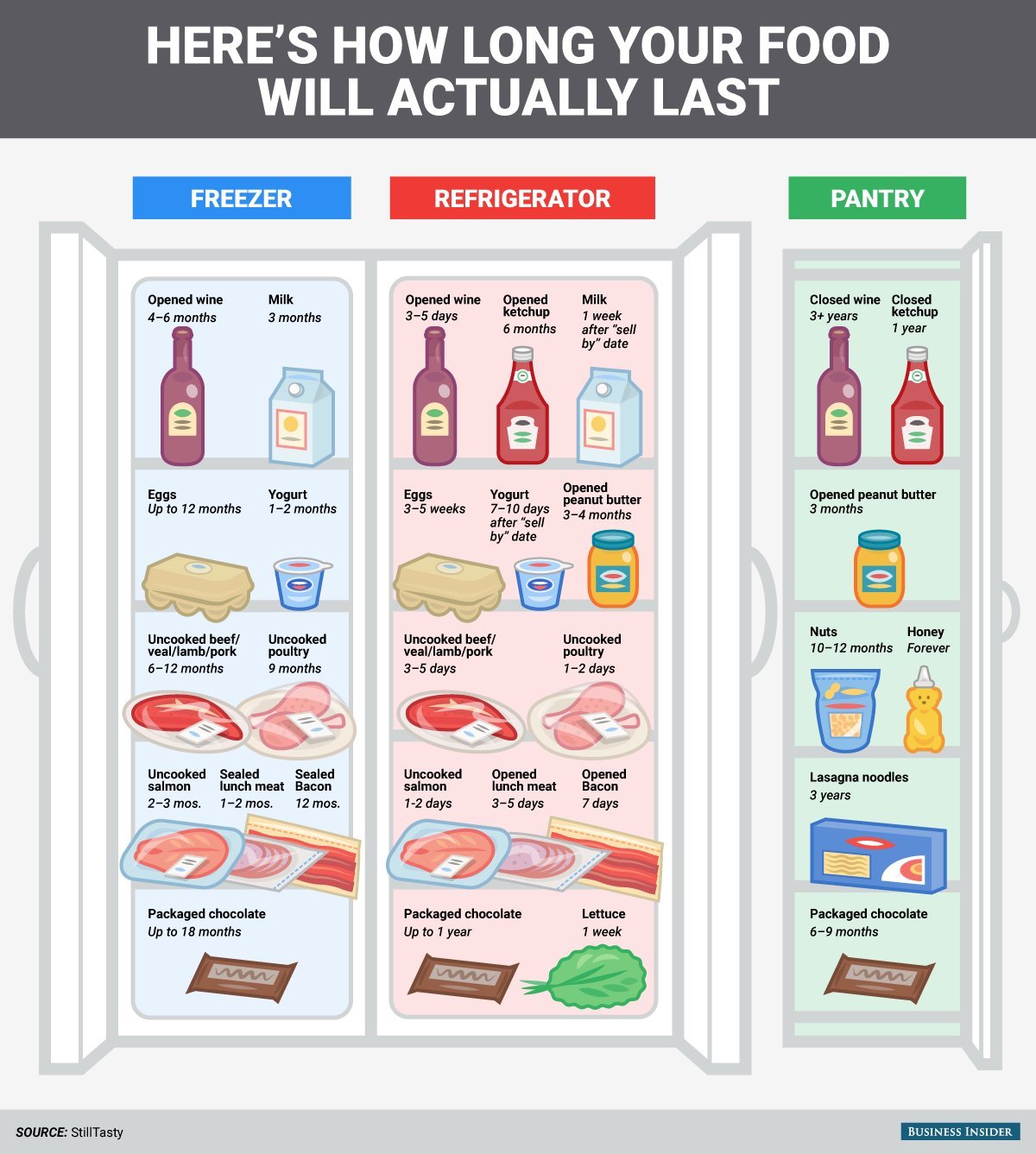Currently, Hong Kong depends mainly on landfills to dispose food waste. Yet, this can lead to other environmental problems such as greenhouse gas emissions, odour and leachate problems. Currently, there are three sanitary landfill sites with a total capacity of 13,900 tons per day
In 2008, the government opened a pilot composting plant, which has in-vessel composting technology using the principle of a bioreactor. This technology has proved to be feasible for further up-scaling, to minimise problems such as odour. In addition, a modern organic waste treatment facility will also be set up, where it adopts anaerobic digestion and composting technologies to turn food waste into energy and compost products.
Scenario A: System with all food waste landfilled
Scenario B: Management system using compost technology
Scenario C: Using combined anaerobic digestion and composting technology
In conclusion, after analyzing the environmental impact of the three different strategies, here are the results:
For scenario A, the food waste have to be collected, transported and then landfilled. This not only increases gas emissions, but it also required a lot of energy especially for the generators in the landfill. The leachate would also have to be collected and treated in a plant. Emissions from landfill contributed the most of global warming. Power and fuel consumption during landfill operation contributed significantly to acidification, nutrient enrichment and toxicity.
For B, composting actually causes more serious acidification and nutrient enrichment than landfilling. This is due to the release of ammonia and sulfur dioxide gas during decomposition. However, using compost on farm lands can slightly reduce global warming, acidification and toxicity by fertilization substitution.
For C, the energy obtained can result in more environmental benefits as compared to composting and landfill technologies due to lower gas emissions. Energy recovery counteracts the impacts of emissions, and contributes to the avoidance of human toxicity via water, acidification, global warming and nutrient enrichment.
Thus, the suggested waste management for Hong Kong is the combined digestion and composting technology, which should be expanded to reduce reliance on landfills!
References:
ZHAO Y., DENG W.J. (2014) Environmental impacts of different food waste resource technologies and the effects of energy mix. [Online] 92 (11). Available from: http://www.sciencedirect.com.libproxy1.nus.edu.sg/science/article/pii/S0921344914001487 [Accessed: 26/10/2015]











